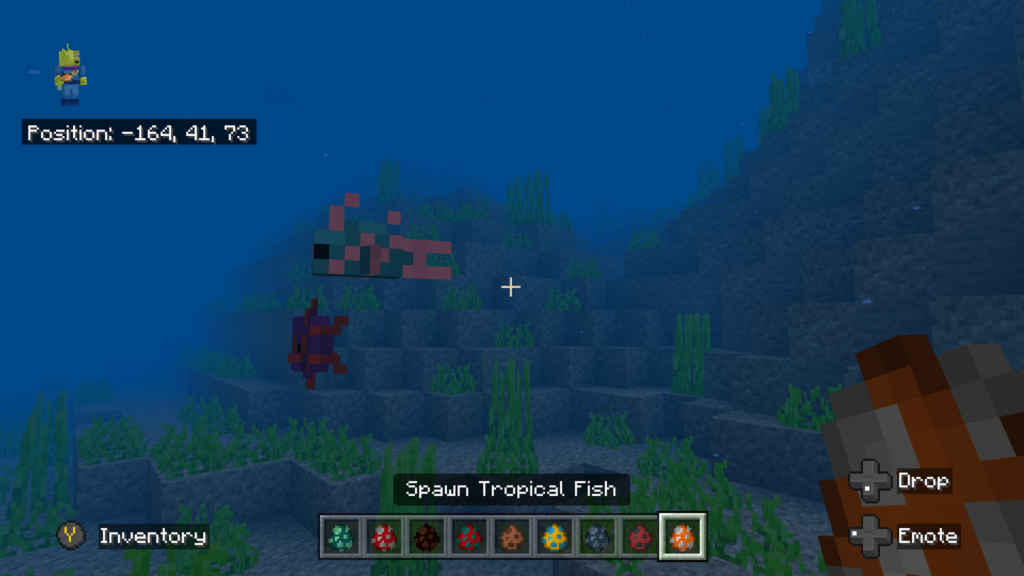Welcome to the fascinating world of Minecraft, where the ability to breed tropical fish can enhance your gaming experience. This guide provides a comprehensive walkthrough on how to breed tropical fish in Minecraft, offering step-by-step instructions for even the most novice players.
Understanding Minecraft’s Marine Life
Minecraft’s marine life is incredibly diverse, with tropical fish being a favorite among players due to their vibrant colors and patterns. There are a whopping 3,072 varieties of tropical fish in Minecraft, each with its own unique combination of color, pattern, and size.
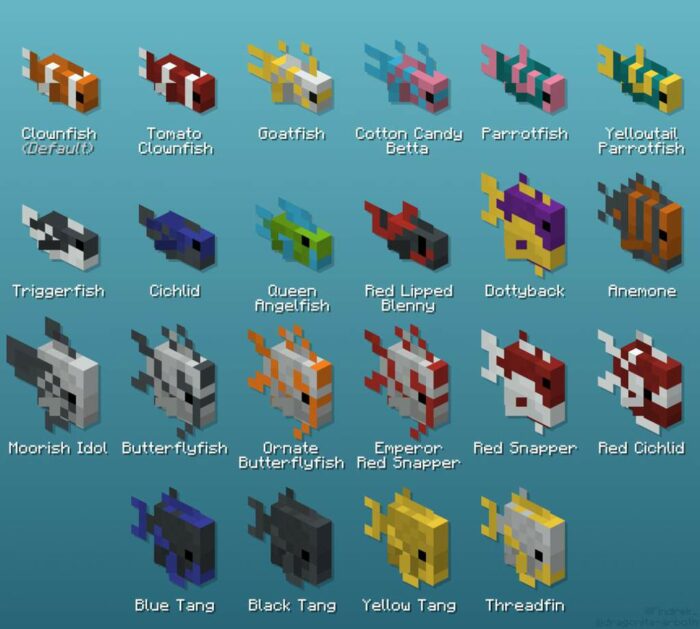
Where to Find Tropical Fish
Tropical fish can be found in warm oceans, specifically around coral reefs. These colorful creatures love to swim in schools, adding a burst of color and activity to your underwater exploration.
Alternatively, you can trade with the wandering trader for a bucket of tropical fish. This option requires five emeralds, so make sure you have been mining.
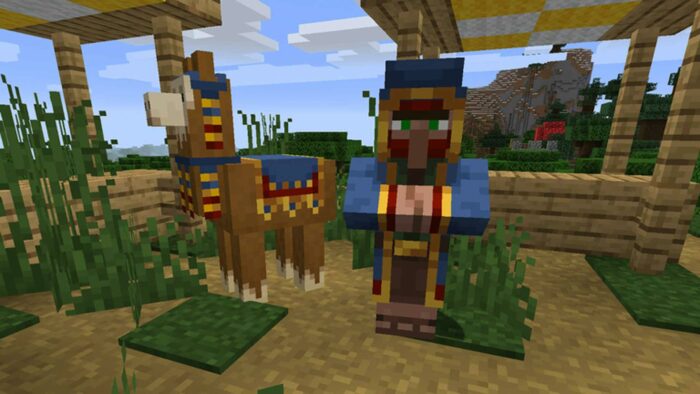
The Art of Breeding Tropical Fish
While Minecraft doesn’t currently support the breeding of tropical fish naturally, there’s a workaround. You can create a fish farm above a coral reef. This method essentially funnels the fish to a drop chute in front of you, making for easier collection.
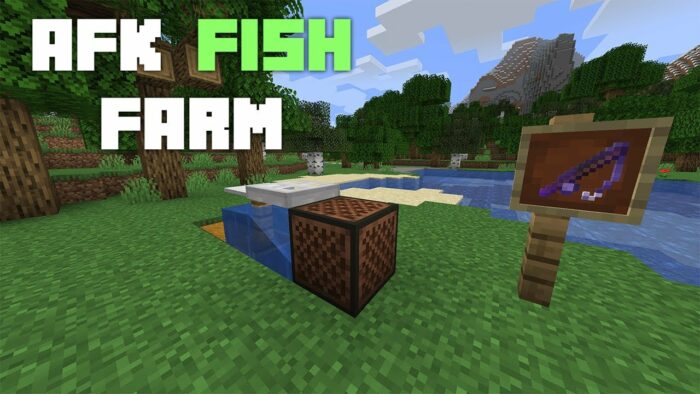
Creating a Fish Farm
Creating a fish farm in Minecraft is a great way to collect tropical fish efficiently. Start by finding a coral reef in a warm ocean biome. Then, build an enclosed structure above the water with a chute that leads to a collection point.

Strategic Breeding for Varied Results
The breeding of tropical fish in Minecraft can be strategic. Different combinations of colors and models can yield different results, much like horse breeding. Certain colors or models could be rarer than others, and some fish colors or models could be specific to certain biomes.
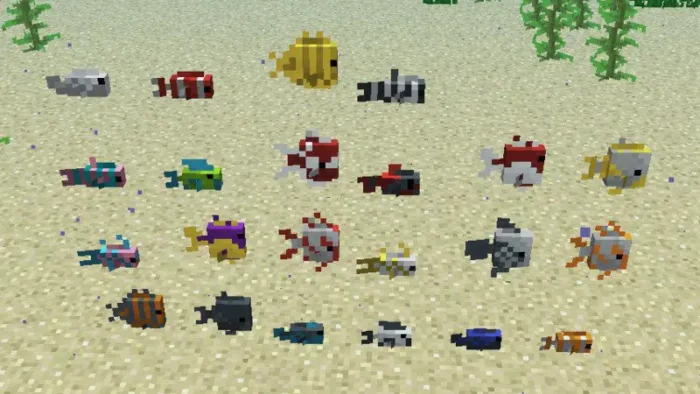
Java Edition vs Bedrock Edition: Understanding the Differences
It’s important to note that there are differences between the Java Edition and the Bedrock Edition of Minecraft. These differences can affect spawn rates, locations, and the types of tropical fish you’ll find.

Tropical Fish: Spawn Characteristics
Tropical fish spawn only in warm ocean biomes, in groups of 3-5 for the same preset, in lukewarm, deep lukewarm, and warm oceans. They come in different varieties, and understanding these can help you identify the ones you want to add to your collection.
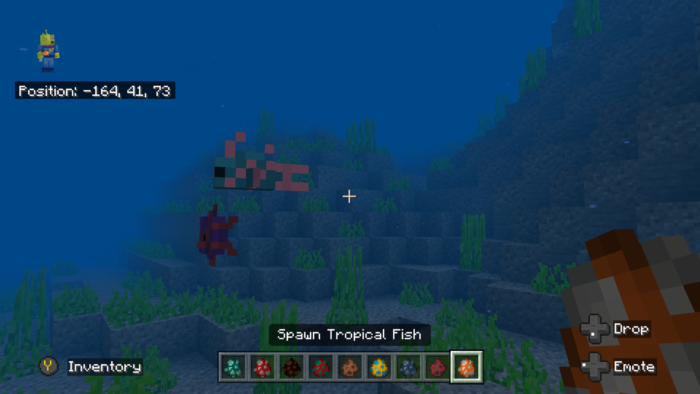
Conclusion
Breeding tropical fish in Minecraft can be an enjoyable and rewarding process. Although the game does not currently support the natural breeding of these colorful creatures, clever strategies and a bit of patience can still allow you to amass a vibrant collection of tropical fish.
So gear up, dive in, and start exploring the beautiful underwater world of Minecraft.
FAQs
Can You Breed Tropical Fish in Minecraft?
While tropical fish cannot breed naturally in Minecraft, you can create a fish farm to collect them more efficiently.
How Many Tropical Fish are there in Minecraft?
Minecraft boasts an impressive 3,072 varieties of tropical fish, each with its unique color, pattern, and size.
Where Can You Find Tropical Fish in Minecraft?
You can find tropical fish in warm ocean biomes, particularly around coral reefs. You can also trade with the wandering trader for a bucket of tropical fish.
Can You Breed Other Fish in Minecraft?
As of the current version of Minecraft, you can breed only cod, salmon, and pufferfish. Tropical fish, unfortunately, cannot be bred naturally.
How to Breed Tropical Fish in Minecraft?
While you cannot breed tropical fish naturally, you can create a fish farm above a coral reef to collect tropical fish efficiently.

